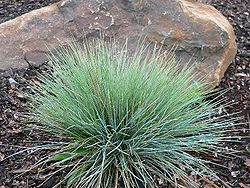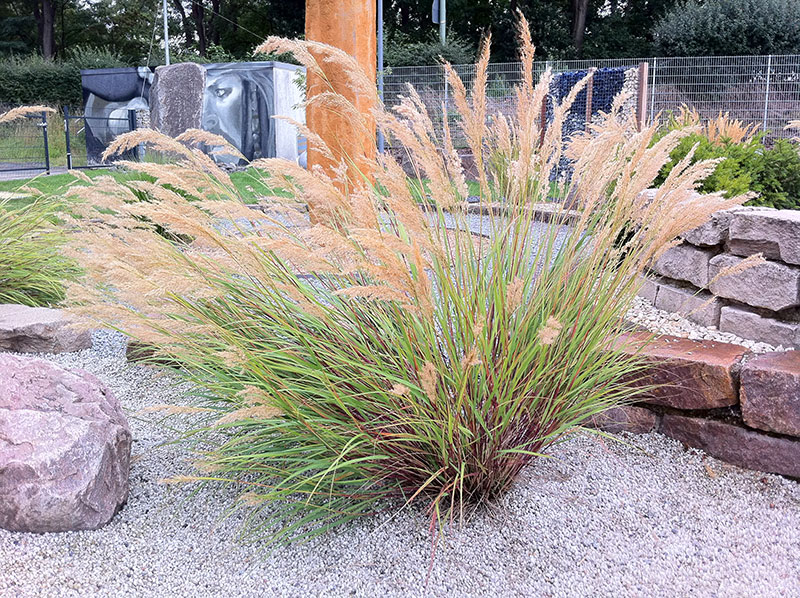I was reading Beth Chatto's Gravel Garden the other night and I wanted to look up some plants she described . . . but I couldn't. I just had to jot down a note to research it later. It's probably for the best, since I'd just end up on Plant Lust, then I'd fall down the rabbit hole of Google Images and various garden blogs. How did people garden before the Internet? And how much more productive could I be without an iPad?
In our own gravel garden things are chugging along. We've figured out where we want the deck and now we just have to figure out how to build it. The original plan was to wait on the deck until next summer but as I had rock being delivered, Greg said, "Maybe we should just do it this summer," hence my mad scrambling and panic a few weeks back. All of the sudden that vague rectangle on the paper plan needed to be finalized.
The parabola-shaped rock wall was changed to an even curve. Greg thinks this is a downgrade but my brain likes it better.
What did I plant?
The centerpiece of this bed is Arctostaphylos 'St. Helena.' I went to Xera and pumped Paul and Greg for their opinions on the very best manzanitas. I originally wanted A. viscida 'Sweet Adinah' but they warned me that it's prone to randomly losing branches and it's incredibly picky about soil, location, and drainage. St. Helena has those big beautiful leaves and will handle being in a northern aspect (though it's still getting 6-8 hours of sun a day) better than others. I also like how blue the leaves are.
 |
| Arctostaphylos manzanita 'St. Helena' |
I wanted this bed to be low water and I wanted a lot of grasses. We've got a whole bunch of Schizachyrium 'The Blues', Pennisetum spatheolatum, Anemanthele lessoniana, and Festuca roemeri.
 |
| Schizachyrium scoparium 'The Blues' in the garden of Greg Shepherd |
 |
| Pennisetum spatheolatum send up hundreds of little exclamation points |
 |
| Anemanthele lessoniana in my side yard |
 |
| Festuca roemeri Photo source: The Evergreen State College |
I have a bunch of Achnatherum calamagrostis on order, which will also get squeezed in here.
I also shoehorned in smaller shrubs like Baptisia 'Purple Smoke' and Hypericum 'Albury Purple.' I also rescued a crapload of Salvia 'May Night' from the front garden so something in this bed wouldn't be tiny. Can you tell I love purple?
 |
| I also bought one of those stupid Digiplexis annuals on a whim, which I now regret. I do not like that pink. |
 |
| Baptisia 'Purple Smoke' |
In its place I planted Tetrapanax papyifera 'Steroidal Giant' (which is hiding behind the clump of Acanthus spinosus), Miscanthus purpurescens, a cananna (Canna musafolia), and three Calamagrostis foliosa that I rescued from another part of the garden where they didn't get enough sun to color up like they should.
The back rain garden finally got edged too. It's always had a soil berm edging it, which just petered out into cedar chips.
 |
| We're not missing a stone, that's the overflow notch. |
It looks pretty silly right now because I'm still futzing with the stone placement. Then all the cedar chips in the pathway will get scraped up and replaced with gravel. I still have so much work to do but I'm pleased with how everything is coming along.
We tested happy hour in the garden this weekend and it still worked! Whew.





















